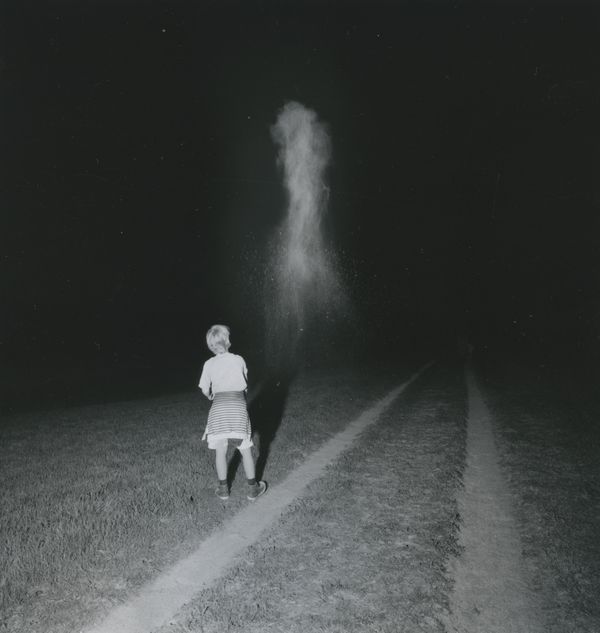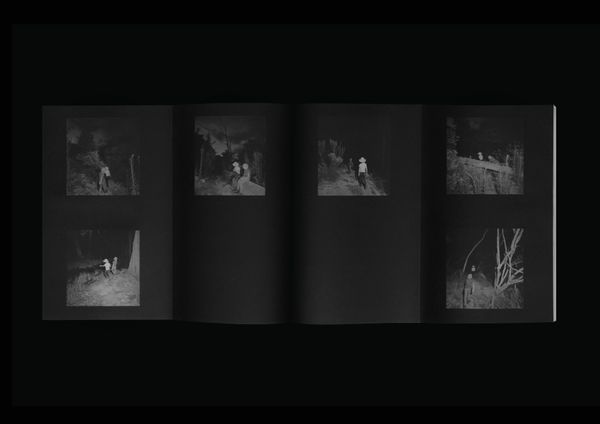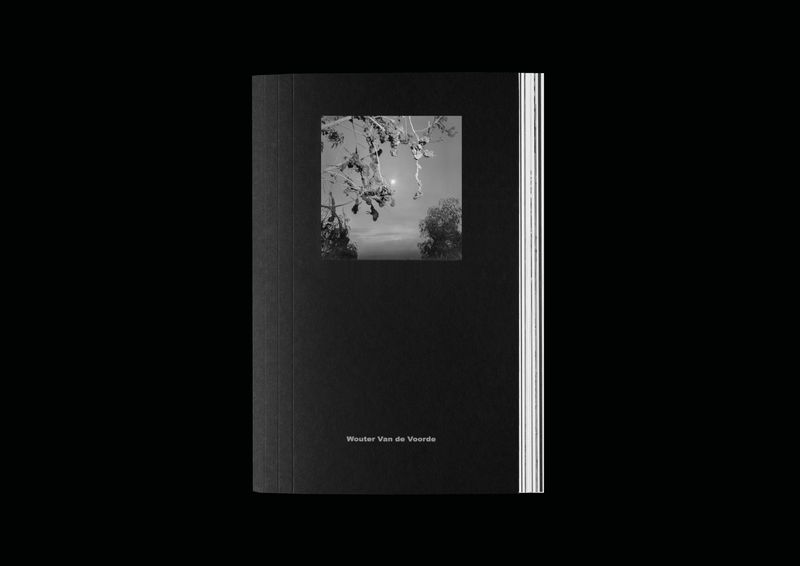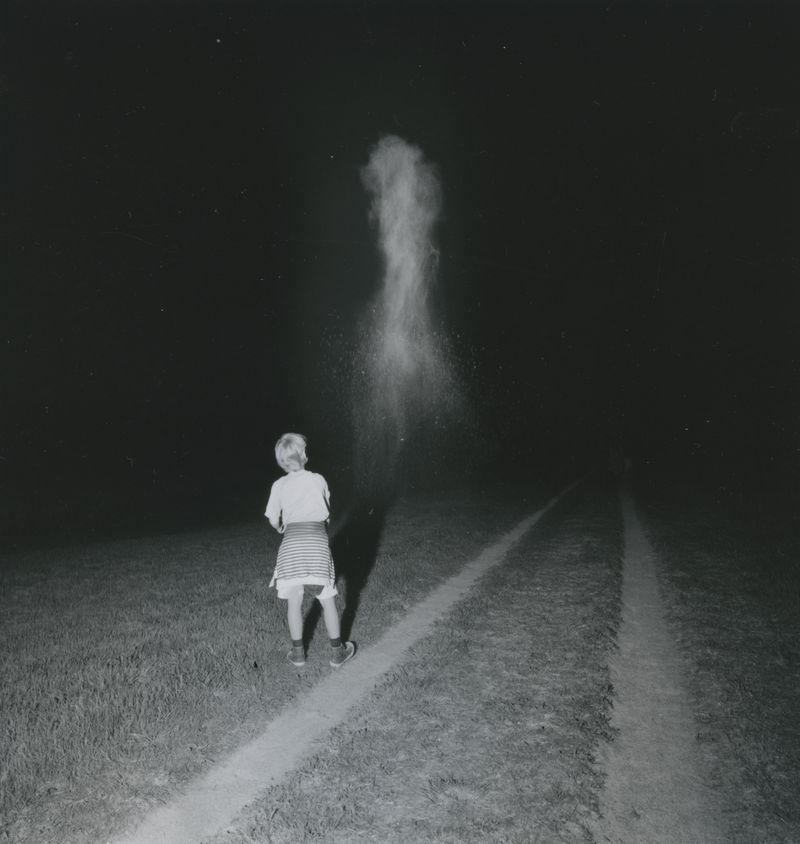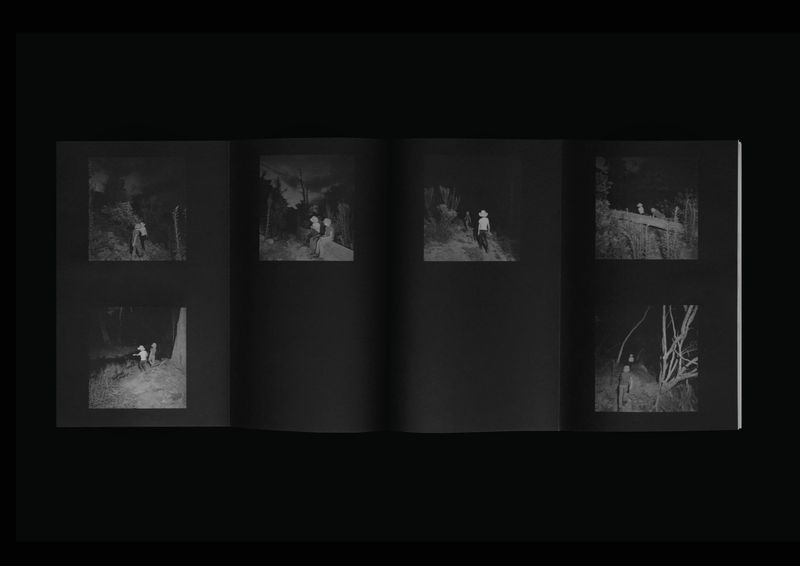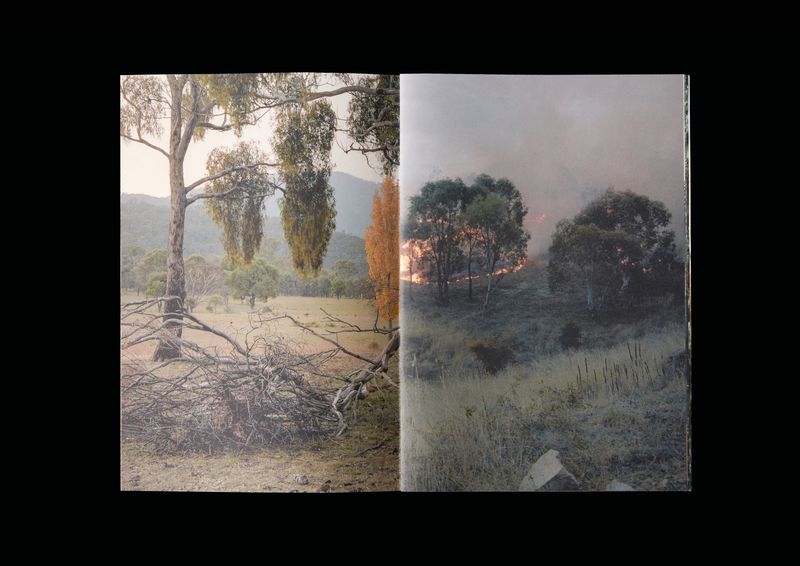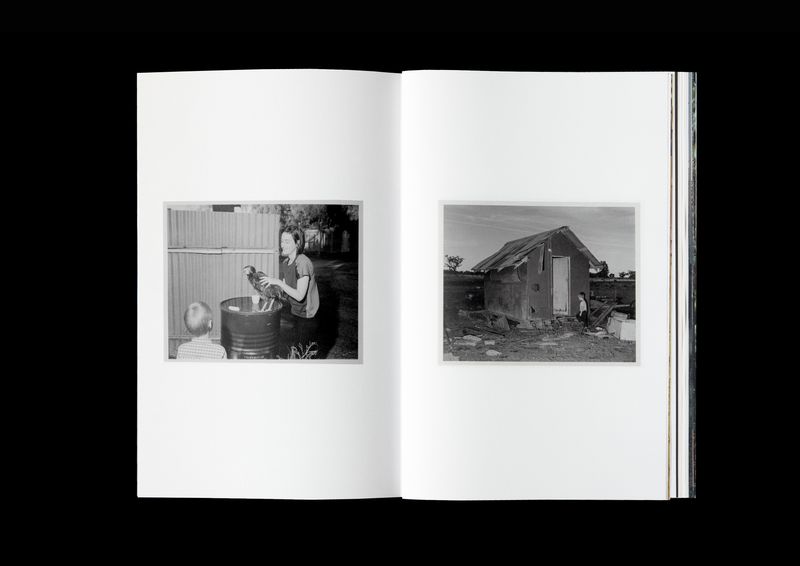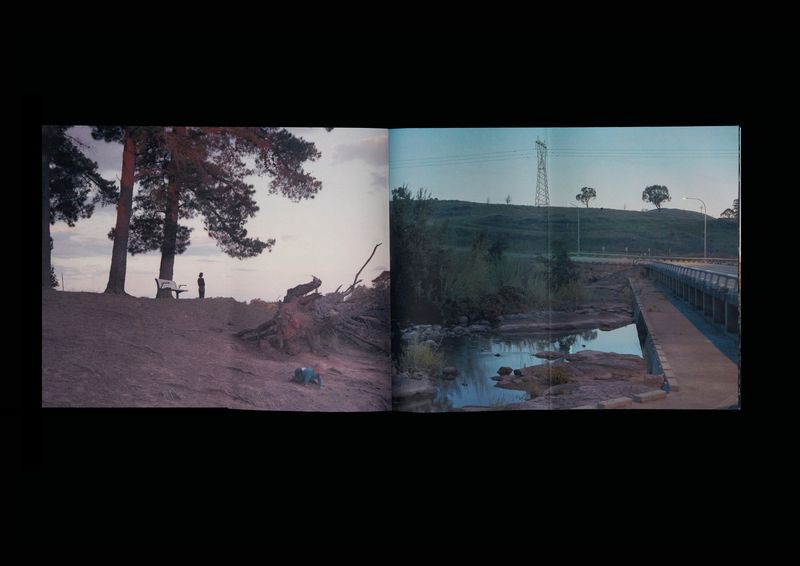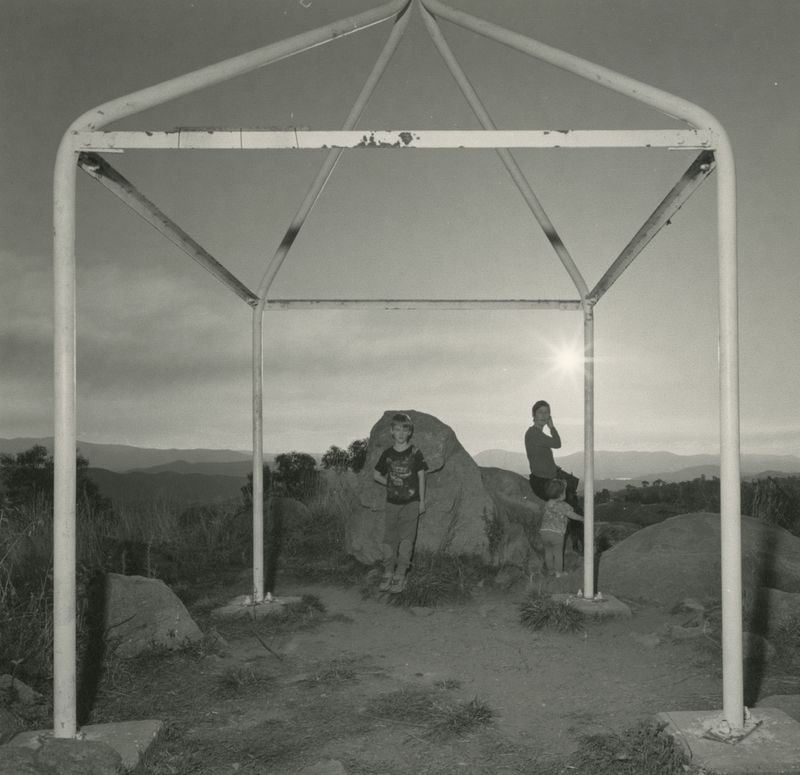Photobook Review: Nucleo by Wouter Van de Voorde
-
Published18 Jan 2024
-
Author
Published by Area Books, Nucleo is a time capsule that carries us through vastness, an ode to life in a house with no ceiling and no walls.
Nucleo is a big-sized, layered, slightly uncomfortable family album. It involves lifting up weight and questioning chronology. Unlike most family albums, there’s little smiling and the loved ones aren’t in the foreground - they tend to disappear, blending in the landscape’s vastness. Still, its purest intentions stick to the genre: “I wanted the book to sit together as some kind of legacy, capturing moments of the early childhood of my kids in Australia” says Van de Voorde. “Looking into it twenty years from now, they will have this sort of time capsule of their life as it is today”.
Going after the image of a time capsule, I can’t help imagining Nucleo buried underground, being brought to the surface after years. It’s a black monolith, shaped like an archival folder. Due to its peculiar folding, the edges of every page are visible as a physical continuation of the cover - each one of them is a slice of time you can slide your finger on horizontally. There’s at least three different ways you can open the book and go through it, all of them playing with time in a different way. If you start turning the pages, you’ll have a chronological view of Van de Voorde’s ten years in Australia with his wife and two kids. If you lift the book up and open its gatefold it will reveal hidden spreads, often showing additional frames from the same sequence - it’s like pulling, stretching that fraction of time just a little bit more. If you open the book from the middle, you’ll eventually find yourself flipping backwards. “It is a very tactile object. You really are going to spend time with it, going through it in multiple ways. You pick it up, see a slice of something, and then you can go back or forward in time”.
Time is layered within each image. There’s the time pictures have been taken. The time you are now seeing them. The supposed time they will be looked at by Van de Voorde’s kids, one day. There’s the deep time of a land, Australia, that is filled with an ecosystem complex and alive, with “all the birds and parrots and snakes and plants that drop their seeds only when burnt”, says Van de Voorde. “For indigenous culture, land is a living thing and we are a part of that. The landscape has always been here, and although I’m some random guy from Belgium, there’s something about this land that sort of cares about me. It’s a nice kind of feeling - how do I deserve this? - and hard to explain at the same time”. The relationship between the family's human presence and the land isn’t fixed. Just like Wouter, Flora, Felix and Celia it seems to never stand still. They wander, making and unmaking things, the landscape around them as hostile as it is marvelous. Somewhere you can be at home, or a huge, estranged amount of space where you could just disappear. They are organic part of it as much as they are witnesses, or at times intruders. It’s some sort of negotiation, “a constant pushing and pulling between something that is threatening and beautiful at the same time”, as Van de Voorde comments.
A symbolic shape keeps recurring: it’s the archetypal structure of a house. At the beginning it’s a white metal frame you can walk in. Then it’s a hut in the woods. Then a cube with a triangle on top - a shed? - isolated in a field. At some point, as it often happens with symbols, the house sticks to your brain. You start seeing it everywhere. It becomes a tree that Felix is climbing, and that surrounds him with branches and leaves. “It goes back to some paintings I’ve made twenty years ago”, says Van de Voorde. “I was painting the skeleton of a house. It was a metaphor to represent your own paradigm and beliefs: the way you view reality. At the beginning of the book you see my family sitting in this house structure. That’s where I realised, I had an epiphany - I am in this house with no walls, my house doesn’t need walls because the landscape protects me”.
Van de Voorde’s painting background seems to also draw the lines of his controlled, clear framing. “I am always trying to create this sharpness, these forensic, document-like scenes. I want to capture everything that is in there: I’m more interested in the whole picture than I am in detail. I feel it’s a way for people to spend more time with an image. You figure out where to look, I’m not going to tell you. There’s things everywhere”, he says. Distance plays a huge role in this: “I remove myself, I’m often further away with my camera and the flash”.
Towards the end of the book - or right at its beginning, depending from where you start from - images start expanding. Black and white turns into colour. Cinematic landscape views take all the space, blurring the limits of the page. The human presence is more and more rarefied, and detail gets so sharp it's hypnotising - whether we're looking at a fire, or at the intricacies of a forest. The extension of this space and of its texture made of things alive turns the book into a completely different place. Like a house that looks bigger on the inside. It twists and pulls its edges without breaking it. “It does something with your brain, to have that kind of vastness just there”, Van de Voorde says about the landscape. And it sits just right.
--------------
Nucleo is published by Area Books
Soft cover 240x320mm
500 copies
November 2023
--------------
All photos © Wouter Van de Voorde
--------------
Wouter Van de Voorde is a Belgian-born, Australia-based visual artist. He lives with his family on Ngunnawal land in Canberra, Australia.
Camilla Marrese (b.1998) is a photographer and designer based in Italy. Her practice intersects documentary photography, design for publishing and writing, aiming for the expression and visual articulation of complex issues.

